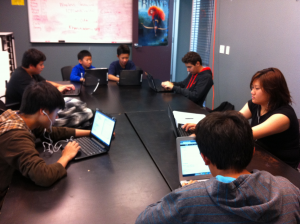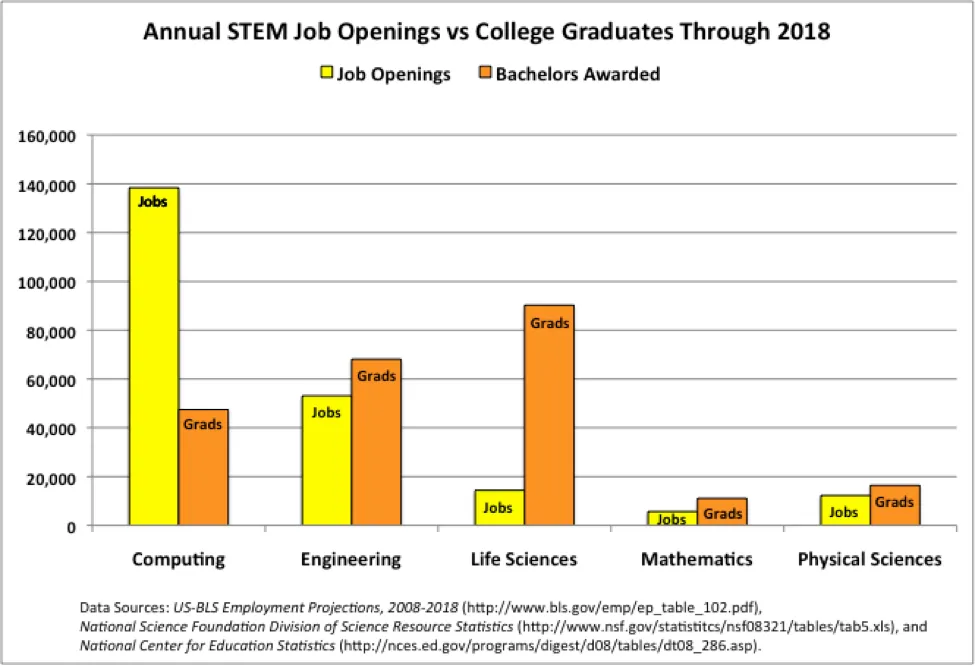Table of Contents
Zach Galant and Jeremy Keeshin have kept themselves busy since graduating Stanford this past June. The two founded CodeHS, an online computer science class geared for high schools. On November 12th an Indiegogo campaign launched called CS in HS, with a goal is to raise $100,000 to make their program available to 1,000 high school students.
According to the campaign site, every year, three times as many computing jobs are available as degrees earned in computer science. At the same time, only 5% of high schools offer AP computer science. “
It’s really hard for schools to start a CS program,” said Galant. “There are already more jobs than qualified coders, and those jobs pay way more than teaching. The incentive just isn’t there.”
As a “class in a box”, Code HS aims to remove barriers for schools with its ready-made curriculum, instructional videos, exercises, and, most importantly, online tutors.
Built for the Internet
After section leading the CS 106 and 105 for three years, Galant and Keeshin saw that students thrive when they have support. At Stanford, the “Lair” is staffed 30 hours a week, and sections are limited to ten students. Given Stanford’s success with introductory computer science, the cofounders decided that finding a way to provide this level of support would be crucial to giving CodeHS comparable quality to a conventional course.
“CS 106A is so loved because of the section leaders and the other people learning around you,” said Galant. “That’s hard to replicate online.”
Though CodeHS is inspired by CS 106A, it faces very different advantages and challenges. While designing the program with guidance from the Launch Pad class in the d.school, the cofounders found that their vision for an online, high school level class called for a unique structure to provide the same rigor and support as 106A.
 While Stanford’s CS classes—both those offered at the university as well as those offered online—consist of hours of lecture punctuated by big projects, CodeHS breaks everything down into bite-sized, 3- to 5-minute lessons followed by short exercises. “You’ve already coded a lot before you put everything together. We essentially made it a lab class, because you learn code best by writing code.”
While Stanford’s CS classes—both those offered at the university as well as those offered online—consist of hours of lecture punctuated by big projects, CodeHS breaks everything down into bite-sized, 3- to 5-minute lessons followed by short exercises. “You’ve already coded a lot before you put everything together. We essentially made it a lab class, because you learn code best by writing code.”
While some programs like Coursera and Udacity have gone the direction of making in-person lectures available online, CodeHS aims to give the full classroom experience. “Rather than coming from university classes that are built for a lecture hall, we wanted to make CodeHS for the internet in the first place. We’ve built it from the ground up for people to do remotely.”
Live, comprehensive support is central to CodeHS. “Sometimes you don’t even know what your question is. Often, your question is just: ‘My code doesn’t work,’ and that isn’t really a question,” Galant chuckled. CodeHS is designed so that, when a student gets stuck, online tutors can look into a history of his code and play around with it to make sure they are giving a good answer.
Galant and Keeshin plan to incorporate ways that students can help each other. As more people take the class, they hope that some will stick around as paid tutors. “It could be a really awesome job for a high school student or someone who doesn’t have the chance to be an undergrad section leader,” said Galant. Also, they are building in a way for students to help the people who are just a tad bit behind them. “You only need to know a bit more than the person you’re helping to be super useful, and fixing a bug in someone else’s work from around the world could even be a constructive exercise. Seeing how someone solved the problem differently is really helpful.”
Challenges of Online Education
There is a broad range of options for online education. Degree-awarding programs such as University of Phoenix, certificate-awarding courses such as those offered by Udacity and Stanford, and free lectures such as those offered by Khan Academy all serve different markets. “There is not going to be just one winner in this space,” said Galant. “There are so many ways that people learn.”
However, all of these programs face some of the same challenges. Online courses of all types, even those offered by top-tier universities, are often accused as being the watered-down versions of their rigorous, real-life counterparts. Another issue is that metrics are taken remotely, raising the question of what a student really learned and opening the possibility for cheating. Also, it is generally thought that the best way of teaching is individual tutoring; this is difficult on any level but is particularly unfulfilled in online classes due to their medium and their sheer scale.
Though CodeHS faces some of the same challenges as other online courses, integration into high schools brings unique challenges. Though the startup aims to make its program as easy as possible for a school to start a CS class, bureaucracies, budgets, and schedules make for “very long sales cycles”, according to Galant. “Even when schools are excited, it’s a long process.” Despite the obstacles, CodeHS has begun a pilot program at Phoenix Academy in East Palo Alto and at Walker Middle school in Tampa, Florida.
“Our grand vision is that CS be taught in every high school in America,” said Galant. “I know it will happen—it needs to happen. We just hope that CodeHS can expedite that process.”





